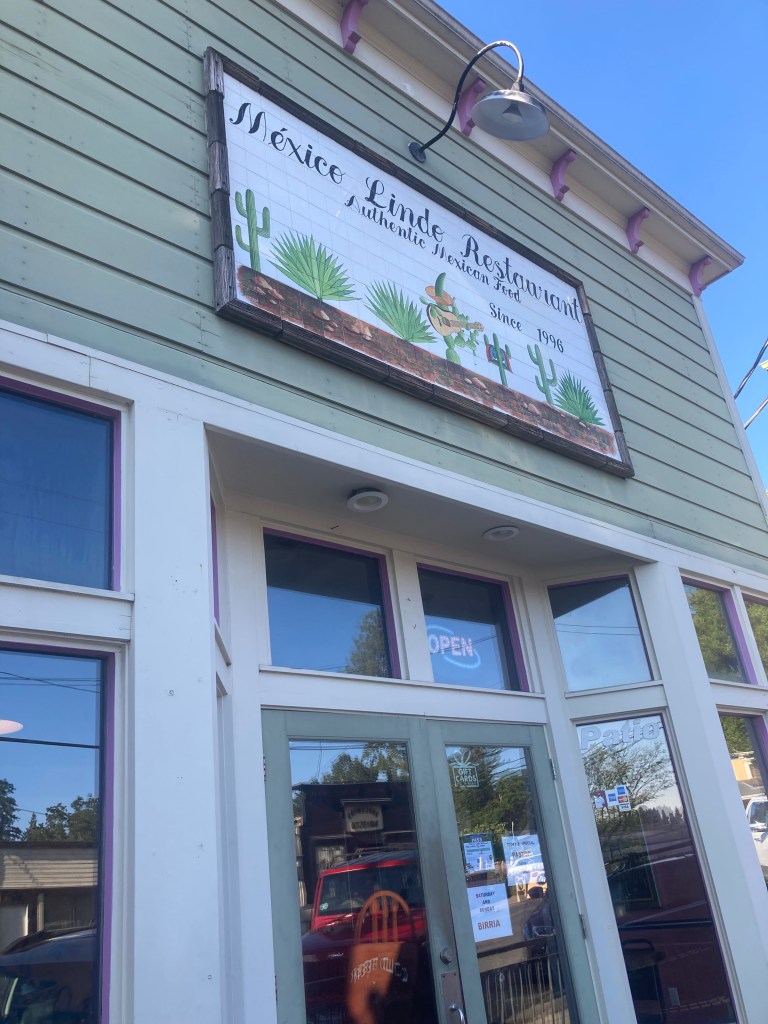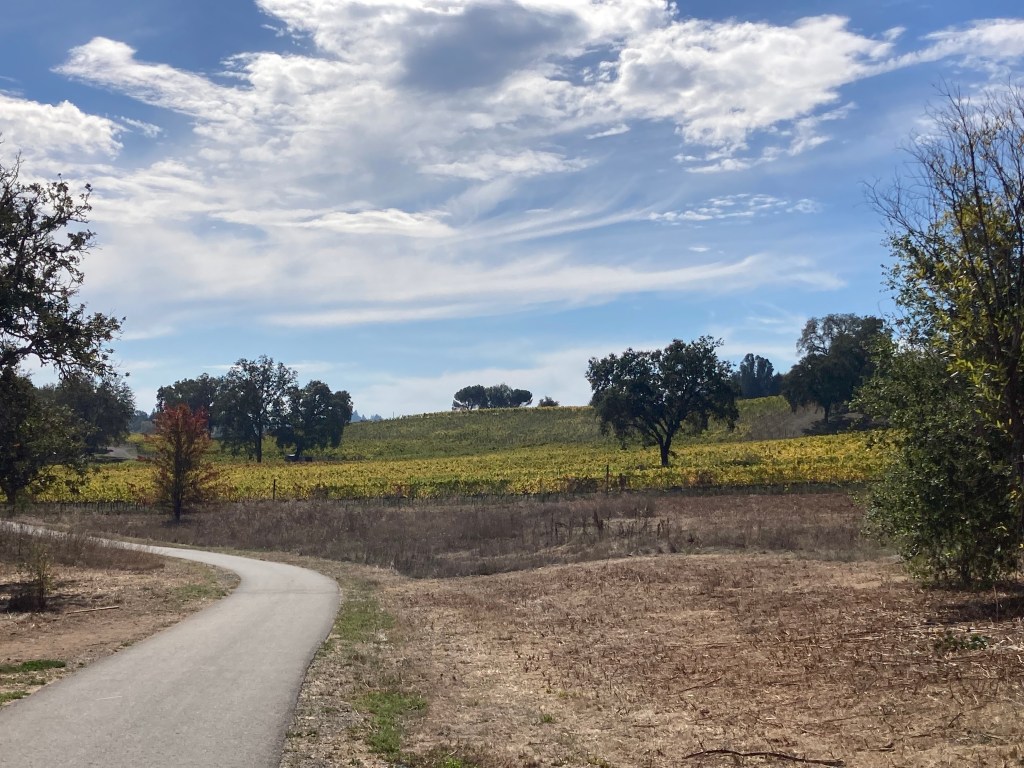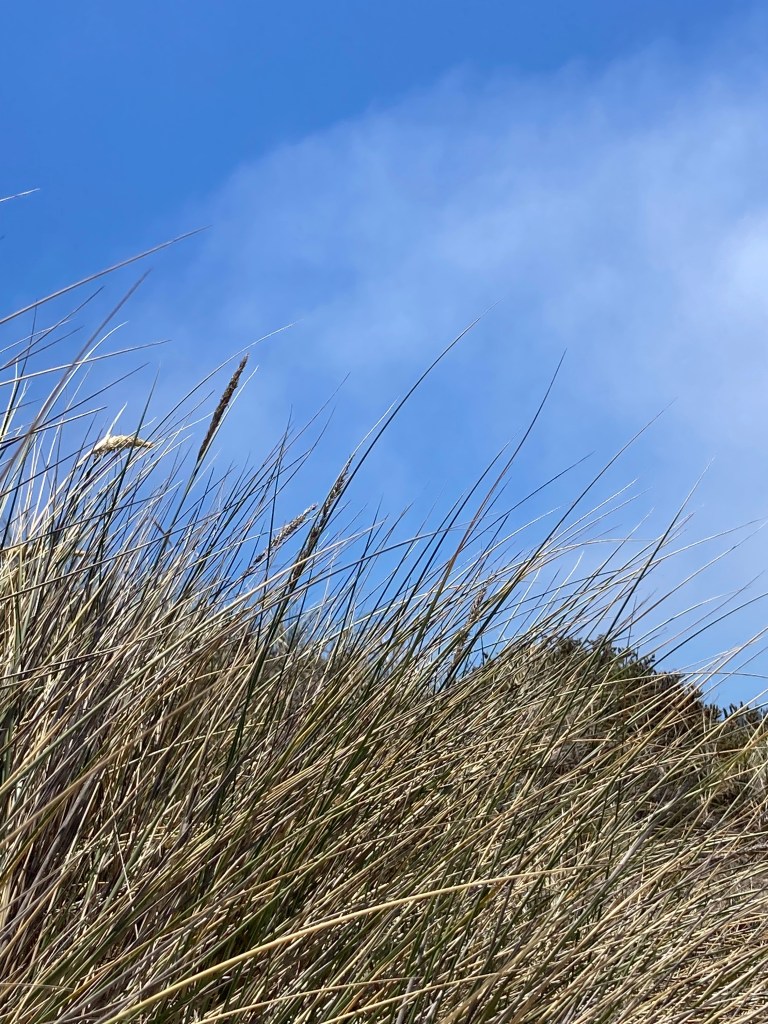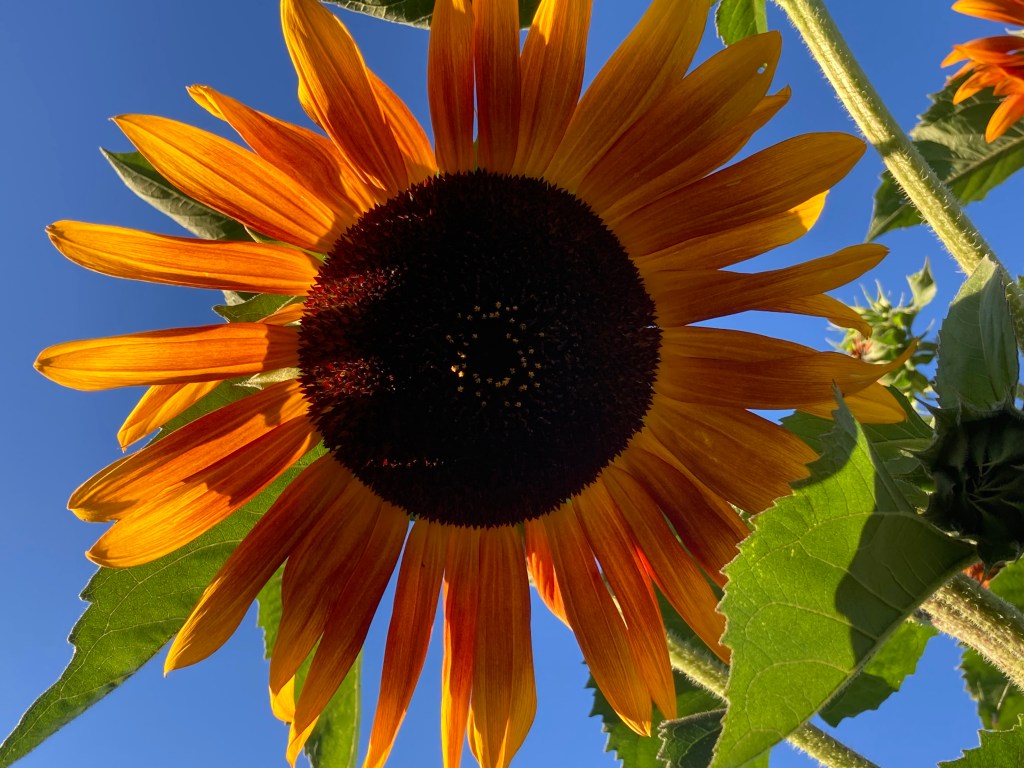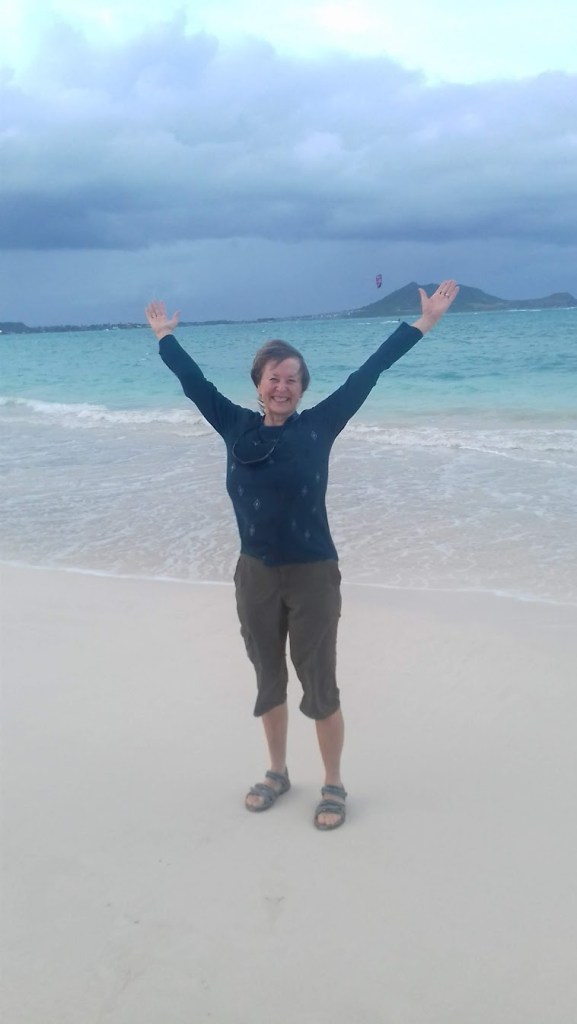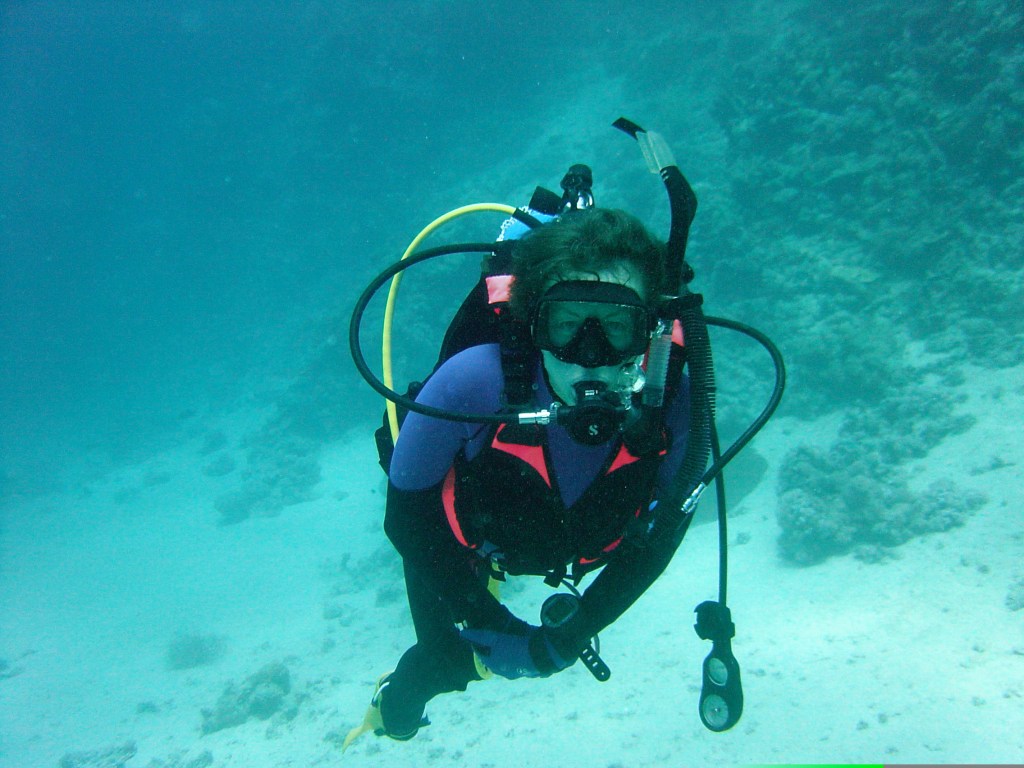“Once in his life a man ought to concentrate his mind upon the remembered earth. He ought to give himself up to a particular landscape in his experience; to look at it from as many angles as he can, to wonder upon it, to dwell upon it. He ought to imagine that he touches it with his hands at every season and listens to the sounds that are made upon it. He ought to imagine the creatures there and all the faintest motions of the wind. He ought to recollect the glare of the moon and the colors of the dawn and dusk.” –Barry Lopez
For some time, I’ve thought living in a village would be ideal. Because villages are small, it’s easier to get to know one’s neighbors and to feel a sense of community. A village would be walkable, making it potentially easier to get things one might need such as groceries. Additionally, often the land where villages are located holds stories of human life moving back in time that give the location character. I’ve loved the villages I’ve visited when traveling: Alvito, in southern Italy, Mystras, Greece, Luang Prabang Laos, Villa de Leyva, Colombia, and Antigua, Guatemala. Each one is filled with interest and beauty.
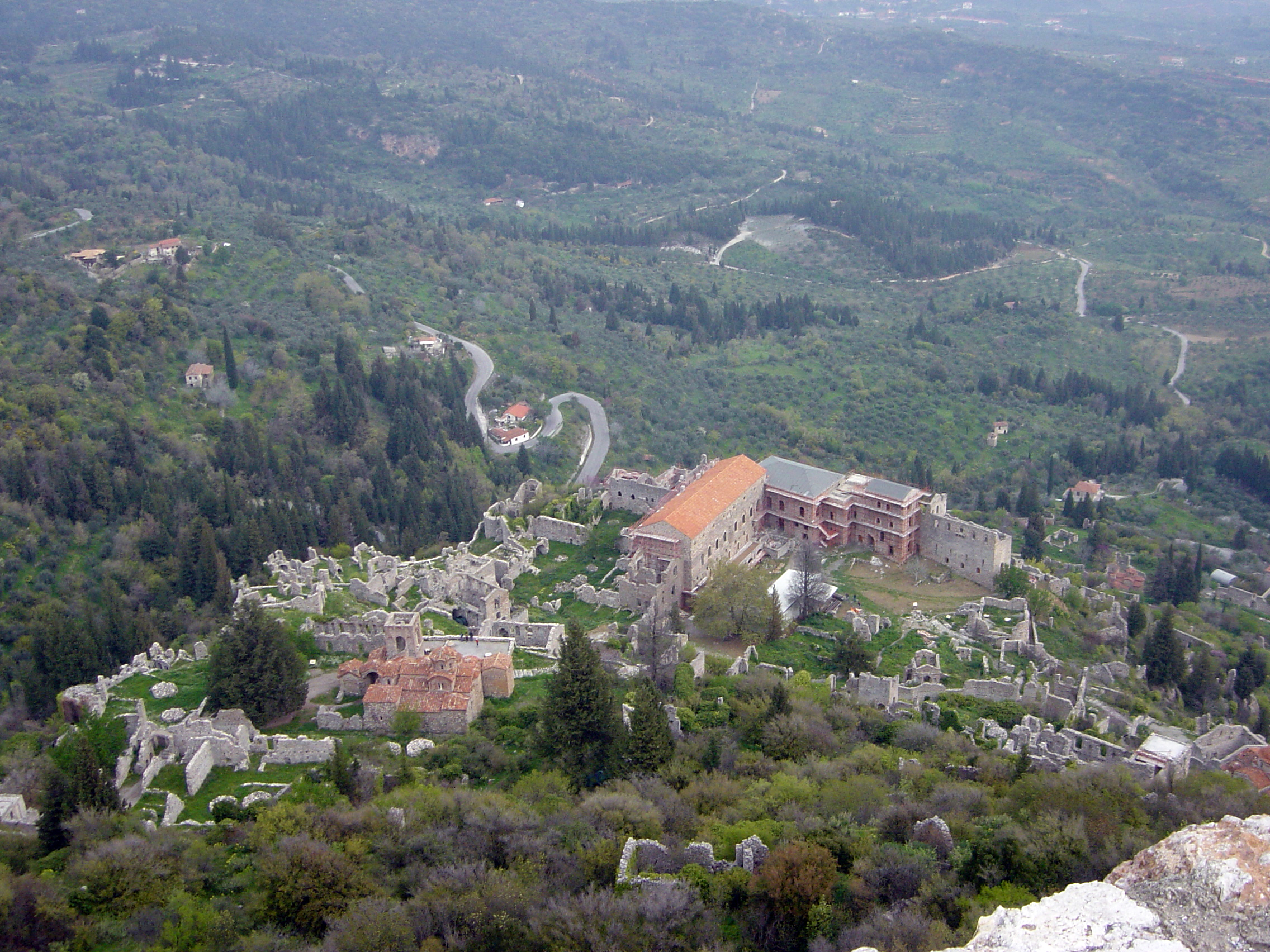


When I moved back to the US after living abroad for over two and a half decades, I wanted to find a village or small town of character in America to visit or possibly to live in. Several small towns I was aware of are Deadwood, South Dakota, Stillwater, Minnesota, Taos, New Mexico, and La Conner, Washington, though there many other locations throughout America with interesting small towns.
Only a couple of blocks long and a few blocks wide with a population of 1,802 people, I’d never heard of the small community of Graton, California until a little under a year ago. Its small size makes the village very walkable, and in a county known for its good food, the village of Graton has three excellent restaurants known and enjoyed by people in the area. The main street has an art gallery, real estate office, a small liquor/ convenience store, and a couple of antique shops, as well as a few other businesses, and is only a couple of miles from an abundance of other amenities in nearby Sebastopol.
Previously, a railroad came into Graton that has now been converted into the Joe Rodota trail where people can walk or bike beneath oak trees and alongside vineyards as well as a small portion of the Atascadero Creek. Recently, a young local set up an afternoon stand on the side of the path selling his homemade horchata and chocolate chip cookies. This time of year, walking the trail brings the delight of inhaling the sweet scent of ripe blackberries.
Though there are virtually no sidewalks and no city landscaping, Graton is a generally welcoming place with an attractive common area maintained by local citizens known as the Graton Green. Because residents often see each other walking around town or the trail on a regular basis, people often greet each other when passing by.
Located directly off the Gravenstein Highway, beauty surrounds Graton with grape vineyards and apple orchards. The highway got its name because of the history reaching back 200 years of Gravenstein apples grown in the area. One story is the apples were brought in by Russian explores who planted the apples up the coast at Fort Ross. In Ariana Reguzzoni’s interview with the former poet laureate of Sonoma County, Iris Jamahl Dunkle in The Press Democrat, tells a different story about how the Gravenstein apple came to the area in her poetry book, There’s a Ghost in this Machine of Air, explaining the fruit arrived from “the orchards of Italy, where Prince Carl of Denmark vacationed and first tasted the fruit. He brought it back to northern Germany, where it was grafted and bred to withstand ocean travel and, eventually, brought to the shores of Northern California by settlers.”
Once a central location for processing Gravenstein apples, this historical photo depicts how the plant in Graton looked in 1909, and here you can see those who sorted and packed the apples, and those working to process the apples. Apples dried in Graton were sent to troops in WW2. Good for cooking in pies and applesauce, the Gravenstein doesn’t keep well in storage and was typically commercially processed through drying it or converting it to applesauce. Now that apples can be transported more easily and don’t have to be dried to be preserved, the Gravenstein apple is no longer in demand. While there’s still an apple processing plant in Graton, many of the apples processed there come from Washington state. As Dunkel describes in her poem in the Cider Press Review, “Sweetbitter,” the fruit connects people “to the stories that still whisper on the low roll of a long travelled / sea where salt, like history, lingers on the air.”



Like other cities and villages across America, the land where Graton is located originally belonged to native tribes. In Sonoma County, the native people’s presence of the Cost Miwok and Southern Pomo was recorded by both Russian and Spanish explorers as early as the late 1500s. During the period of the Spanish missions and Mexican occupation of the land, the Coast Miwok and Pomo people were used in servitude for labor. Though their lands were taken from them, the tribes preserved their heritage and cultural identity even after the US federal government no longer recognized the tribe. Through their perseverance and Coast Miwok leader Greg Sarris’s effort, the tribal status was reinstated in 2000. As explained on the Graton Rancheria website, “Since the land of the original Graton Rancheria was transferred to three distributees, now deceased, the only land still belonging to the tribe was a one-acre parcel held in private ownership by one Coast Miwok family.” In 2013 the Graton Resort and Casino located in Rohnert Park south of the village of Graton opened. (A fuller history is available on the tribe’s website.)
The land we live on supports us, but often we don’t know much about that land. Commonly, the earth has become merely a backdrop on which human activity plays out. Though we benefit from the land’s gifts, we frequently don’t know the history of the area we inhabit, the stories and myths associated with it. We seldom don’t know what plants and animals are native to our area or what helps them thrive. When in a relationship with another human, we listen to each other’s stories and respond. We share time, celebrate accomplishments, and learn to take care of each other’s needs. The land has its own way of being, its language and presence. When we see ourselves as in a relationship with the land, we can learn how to understand and respond to it, similarly as we would in other relationships. In his book, Becoming Story, Greg Sarris writes, “Land is a richly layered text, a sacred book, each feature of the natural world was a pneumonic peg in which each individuals could see a story connected to other stories and thus know and find themselves home.” (View Sarris’s book trailer here.)
The place any of us chooses to live, be it a village or an apartment house in an urban location, is not only a physical address with a human history. It is as Sarris describes, “a richly layered text” connected to other stories and places, including the plants and animals that live there and the geologic and geographic history that brought it into its current state. We are affected by the land we live on, even if we aren’t particularly aware of it. Our inner life reacts to the outer world.
In Barry Lopez’s book, Crossing Open Grounds, Lopez writes, “The interior landscape responds to the character and subtlety of an exterior landscape; the shape of the individual mind is affected by land as it is by genes.” There’s a lot of fear in people’s response to information shared regarding the effects climate change will have on our planet. Instead of fear, what if we focused our response on developing a personal relationship with the specific piece of earth we live and walk on? Now is a good time to purposefully notice the plants around us and call them by name, and learn something about their behavior and what they like. Now is a good time to learn the names of animals in our environment—the birds that visit our balcony, perhaps, or the mammals that used to inhabit the area before urbanization took hold. Now is a good time to listen to the various languages and sounds of the earth, to nurture a friendship with the other and more than human world.



David George Haskell offers a wonderful practice for helping us learn how to do that. “Sound,” writes Haskell “…carries within it the imprints of deep time. Listening roots us in the stories of the ancient Earth.” On Emergence Magazine’site, Haskell invites us to participate in several playful listening practices. One suggestion is to pause for five minutes at “pre-selected intervals” at different times of the day and to “send our sensory awareness out into the world to see what stirs.” Afterwards, he recommends reflecting on the shapes of the sounds.
Wherever you live, I hope you find ways to nurture your sense of belonging and friendship with the land you walk on and call home.





